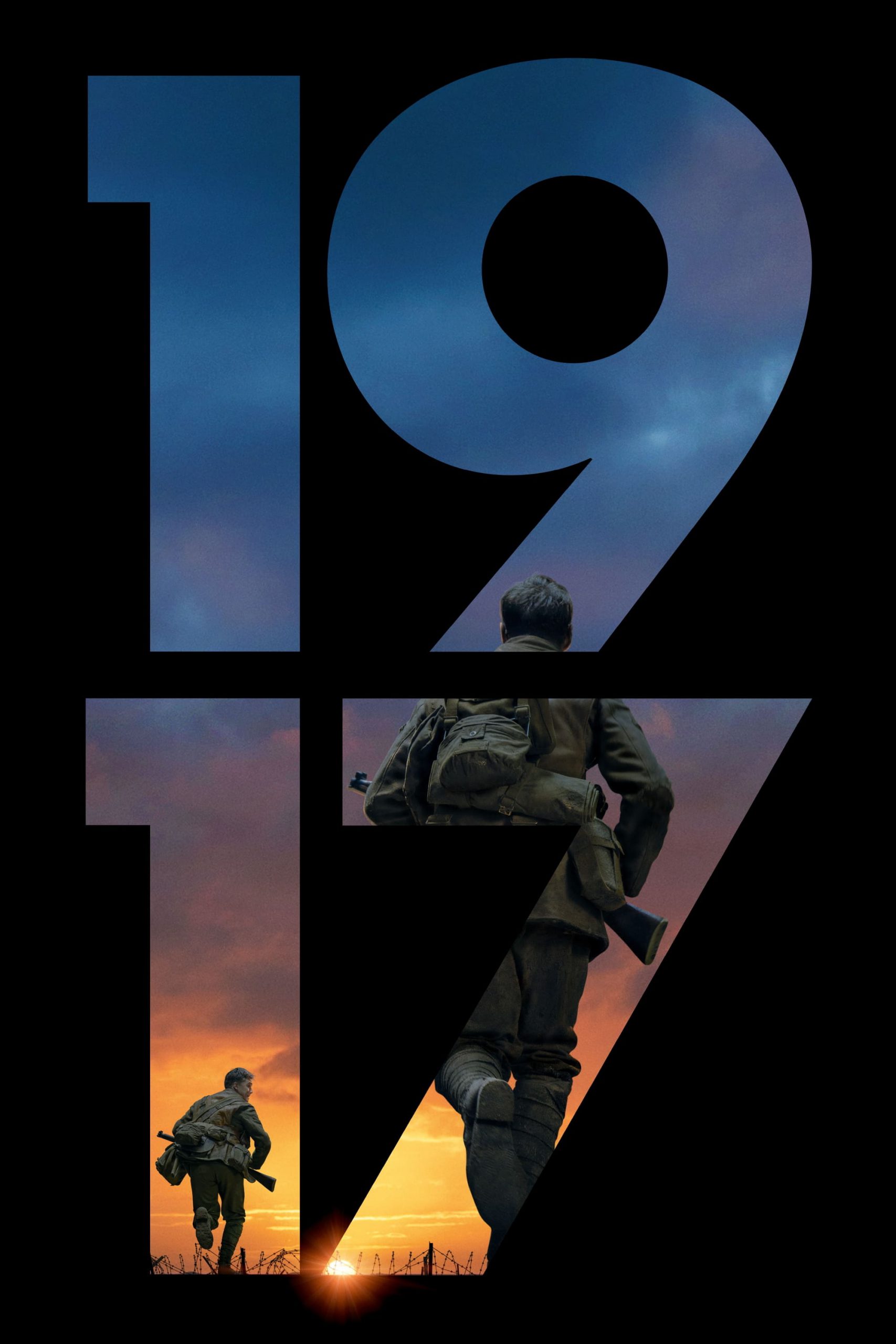
Overview
At the height of the First World War, two young British soldiers, Schofield and Blake are given a seemingly impossible mission. In a race against time, they must cross enemy territory and deliver a message that will stop a deadly attack on hundreds of soldiers—Blake's own brother among them.
It is 1917, WWI, trench warfare continues between the English and the Germans in the flatlands of northern France. Lance corporal Tom Blake (Dean-Charles Chapman) is ordered to deliver a letter to the front-line warning of a German ambush they are about to run into and 1600 lives are at risk, including Blake’s brother’s. To deliver this message he has to cross the occupied French countryside but he is assured the Germans have already retreated as part of their ambush plan. He picks lance corporal Will Schofield (George MacKay) to accompany him on this dangerous mission where ‘time is the enemy’ as the movie’s tagline explains. We’ll soon find out that it’s not only time – Blake and Schofield’s lives are in constant danger from the moment they set off on their operation.
The story itself is simple. The way it has been executed by director Sam Mendes and cinematographer Roger Deakins is not. The story is told as a ‘one shot’ movie: from the outset the camera follows the leads in real-time without breaking away from them. Sometimes we see the characters from the front allowing us to see their faces and expressions, sometimes we see them from behind allowing us to see what they see. What this does is make us part of their world, all the time. We experience what they experience – since the camera never leaves them, we don’t know any more than they do – what lies ahead, what happened to the people they left behind, or what is going on at the front.
In reality the movie wasn’t shot in a single take of course. There are actually about 40 cuts in the movie, connected smoothly together via CGI, or a person or tree or building moving in front of the camera, and a few other visual ‘tricks’. There is only one ‘official’ cut in the movie where the screen goes dark for a second to allow for time to pass without dragging the movie out to 10 hours.
I can’t say I have seen a full-length movie using this ‘single-shot’ approach before and this innovation alone makes the movie special. But does it make the movie any good?
From a technical perspective I really enjoyed the film; the different experience the ‘one-shot’ approach brings is interesting, and from the first suspected cut you start looking at whether you can identify the next one. I think I maybe noticed about half of them, and only a handful were a bit too noticeable which made it lose some of the magic, but it is still a wonderful cinematographic feat, and Deakins deserves an Oscar for it. And even though I did find myself trying to identify the cuts and the technology or trickery used at each as a game, I didn’t find the use of this technological gimmick in itself distracting – unlike for instance Scorcese’s ‘de-aging’ technology in The Irishman.
But other than the photography gimmick, I must admit it is not a ‘great’ movie. The acting is a bit clunky or wooden and the fact that there are no cuts makes it very hard for any but the best of actors to impress an audience for 2 hours. The gimmick also really takes away from the storytelling. When we look at the leads from the front, we don’t know what they see; when we look at them from behind we don’t see their expressions or emotions. There is also no real suspense; sometimes not knowing what’s ahead can make situations very tense, but here it is mostly the opposite. After a while it started to feel too forced, too committed to the gimmick at the expense of making the better movie that seems only a few cuts away. For instance, there is one particularly fantastic scene that takes place in the dark of night where the Germans are on the heels of one of our heroes which is a great light vs dark spectacle – it gives the scene a lot more power and you forget for a while that this is a one-shot movie – here it feels natural, but unfortunately that is not the case for the full 2 hours.
The characters also have no backstory or any depth, and the various ‘celebrity cameos’ (Colin Firth, Mark Strong, Benedict Cumberbatch) only serve to show that our leads are less interesting actors to be watching for 2 hours than these cameos are for a few minutes each. Maybe a few more edits to cut the story and vary the experience for the audience wouldn’t be a bad thing after all…
Sometimes a cinematographic innovation elevates the impact of a movie and gets copied for years after by others – The Matrix’ ‘bullet time’ is a good example. In this case I would say it is certainly a movie feat worth seeing as a visual experience, but instead of elevating the storyline I think it takes away from it and, unlike The Matrix, I doubt people will be rewatching this movie for years to come.
★★★☆☆
With The Matrix 4 currently in the works (to be released May 21, 2021) I am wondering if they will come up with a successor to bullet time…?






The “one shot” movie is hardly new – I recall Hitchcock’s “Rope” (1948) and indeed there have been several others like “Timecode” (2000) and others. Hence it is important that the movie works on its own merits, since this is not a particularly innovative technique. Interesting review – thanks.